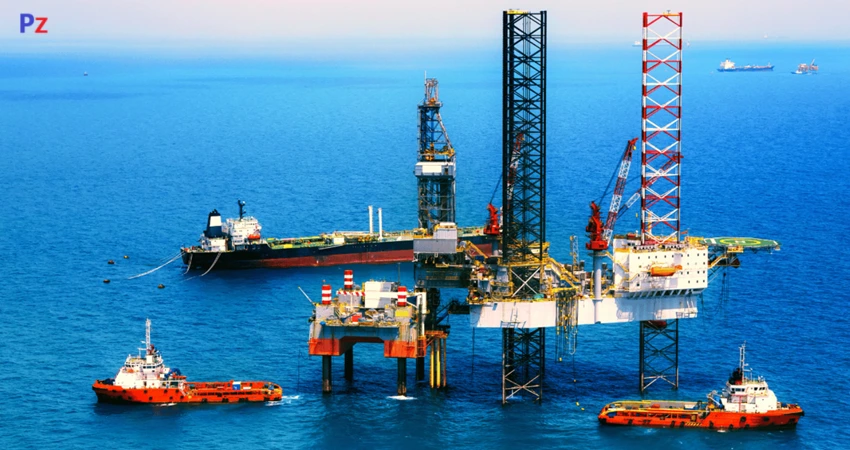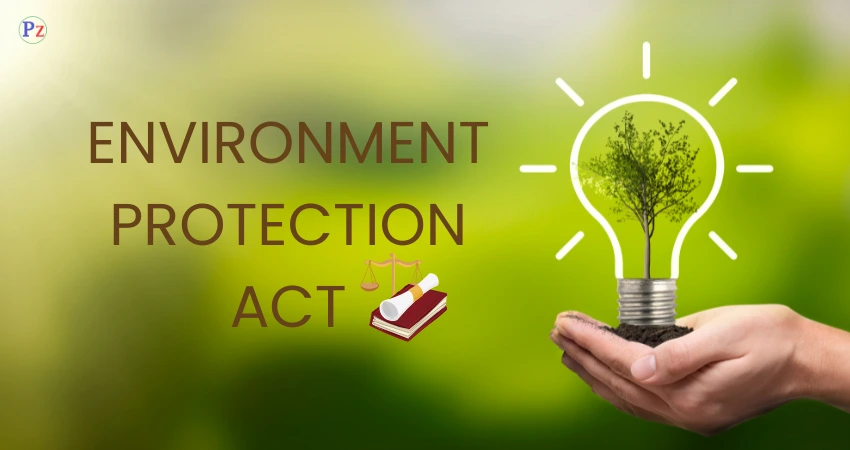Deep offshore technology integrates advanced construction techniques to explore, retrieve, and observe ocean floor resources. This innovative technology facilitates access to natural resources, including power, gas, petroleum, and oil, under the sea surface. It is important for commercial development and eco-sustainability.
In simple words, deep offshore technology is the relationship between eco-friendly energy resources and advanced innovations. Nowadays, this field is becoming a more applicable area of study. This article will discuss the breakthroughs in deep offshore technology and its future aspects.
Uses of Drilling Offshore Technology
In recent years, offshore drilling approaches have changed. Advanced technologies, including underwater tools and controlled drilling, have been applied to extract resources precisely while avoiding destructive techniques to maintain the natural environment. Moreover, cutting-edge trackers and live information inspection ensure optimal effectiveness and fast solutions to emerging problems. These techniques ensure offshore drilling is sustainable and more effective.
-
Oil and Gas Exploration
Vast subsea oil reserves, such as those found in the North Atlantic Sea, the Mexican Gulf, and Brazilian territories, are essential for manufacturing oil worldwide. These reserves significantly contributed to forming the power industry worldwide and supplying a large part of raw oil globally. Their innovative progress and milestones in engineering have defined the benchmarks of their field, provided work opportunities, and boosted local markets and financial influences that surpass the energy field as a whole.
-
Refining Approaches to Oil Recovery
EOR (Enhanced Oil Recovery) approaches, including chemical injection and gas flooding, improve oil recovery from deep water reserves and increase oil reserve life expectancy. These renowned techniques are vital to boosting production and extending oil field lifespans.
-
Pipeline Assembly and Maintenance Solutions
Pipeline installation and maintenance under deep water to transport oil face many challenges. Innovative approaches, such as underwater trenching and automated pipe examinations, are implemented to ensure their protection and consistency.
Economic Impact of Advanced Drilling Offshore Technology
Gas and oil research is essential in empowering the global economy. They offer multiple employment opportunities across engineering, supply chain management, and natural and social science sectors. They also play a vital role in boosting financial development by investment appeal and generating revenues for domestic companies.
Moreover, subsea drilling offers energy stability worldwide. It also ensures a constant oil and gas supply to address growing worldwide demands, helps secure industries, and supports the national energy plan.
Sustainable Energy Resources
-
Offshore Wind Energy
Subsea wind power plants are another innovative addition to sustainable power solutions. Using sea winds to create electrical energy seaward, these farms ensure an eco-friendly option for fossil fuels. They are installed offshore near ocean margins, and shoreside wind lands use powerful sea winds for energy creation. Moreover, they also support dealing with global warming by creating a significant amount of renewable energy, providing employment opportunities, and promoting financial development in coastal regions.
-
Marine Power Innovations
Ocean tidal power and sea waves have been recognized as sustainable resources that offer seaside zones with sustainable power capable of eco-friendly and renewable energy.
-
Sustainability Monitoring and Protection
Oceanic deepwater innovation is significant in environmental observation and preservation. Ecologists can research aquatic ecosystems, monitor ecological shifting influences, and analyze human-induced impacts on coastal environments.
Advancements in Ocean Conservation
Innovative strategies for marine conservation use Artificial Intelligence (AI) or robotics to examine marine life, analyze pollution levels, and apply conservation strategies. These techniques are vital in protecting our oceans.
Technical Problems
-
Subsea Pressure and Thermal Conditions
Subsea operations face different engineering problems. Severe pressure and thermal conditions need specialized tools and advanced instruments to ensure safety and performance.
Future Trends: Emerging Tech Innovations
-
Artificial Intelligence and Machine Learning
Artificial intelligence and ML can reshape deep water innovations. By using massive data sets, these technologies can provide scheduled preservation, which supports technicians in discovering machinery problems before they happen. Thus, this minimizes downtime and preservation expenses but enhances processes with instant detection of massive data collections to boost protection and asset distribution. Moreover, it improves strategic decisions while offering precise and authentic information and projections to facilitate effectiveness and advancement in this field.






